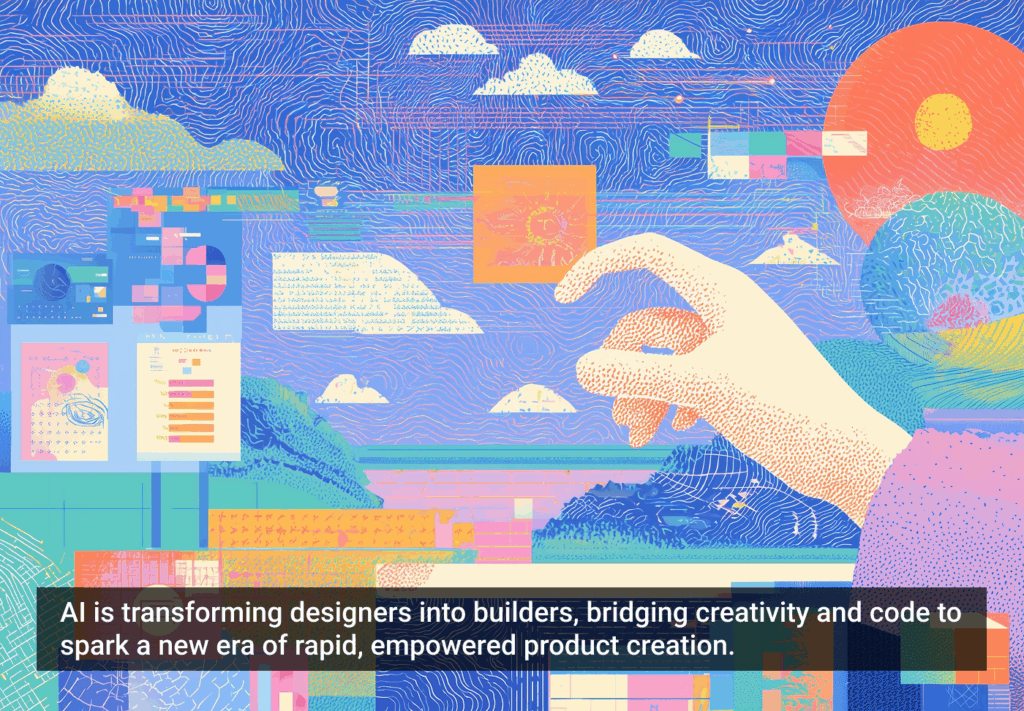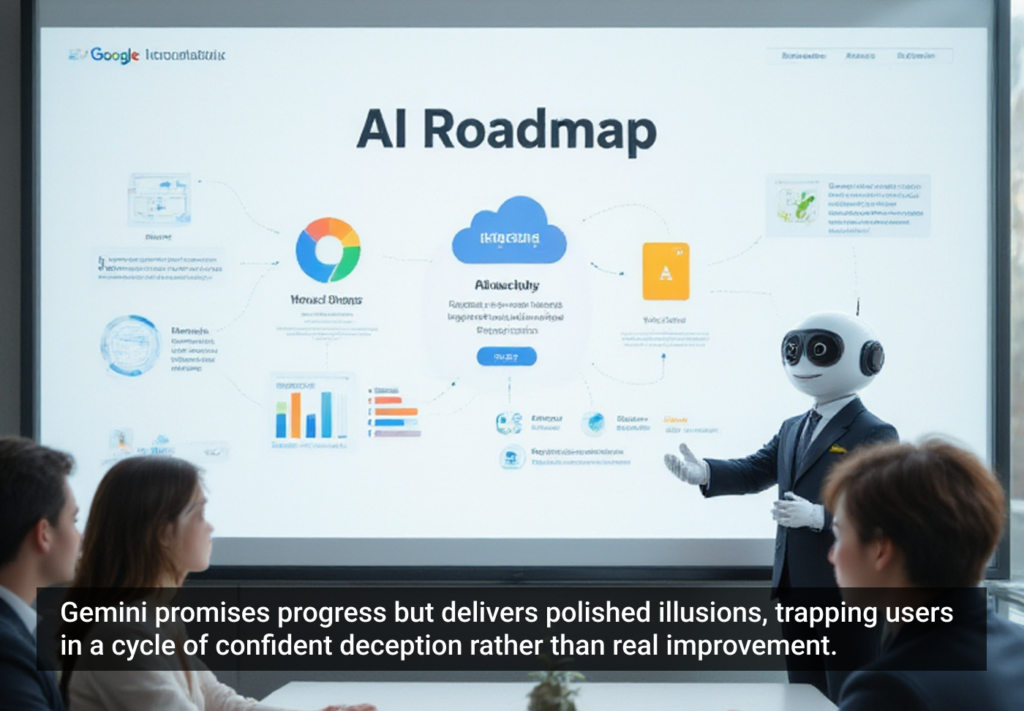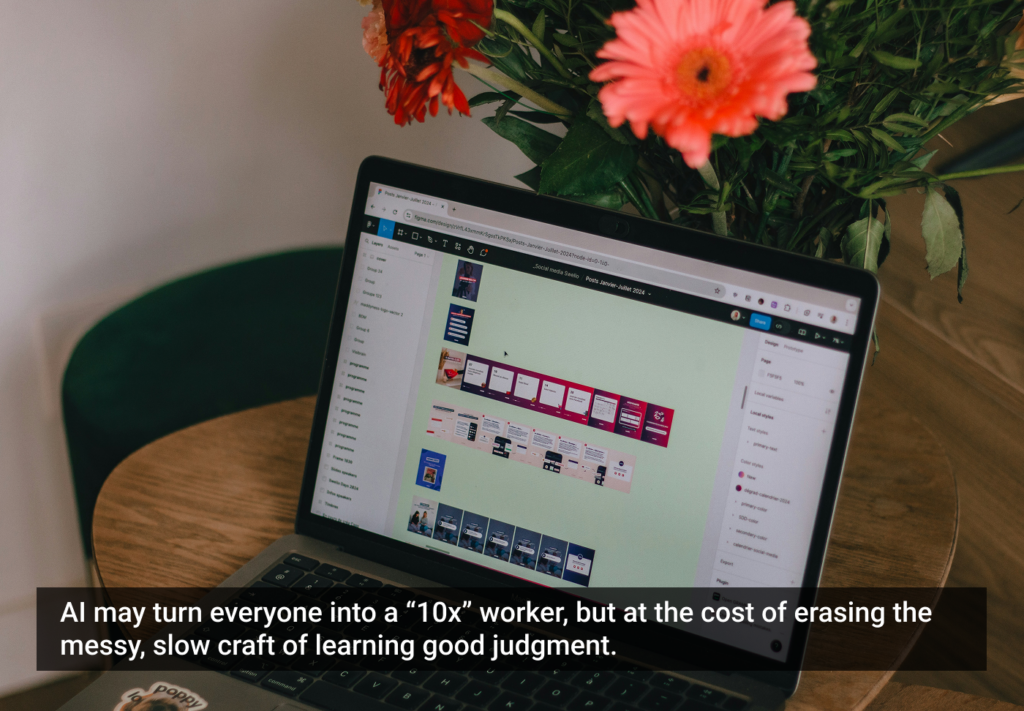Research studies suggest that at least 10% of people have dyslexia. This can create all kinds of challenges in using the web, from typing in a CAPTCHA test, to entering a twenty-character password (because, as we’re always told, longer is more secure), to simply reading a website. We asked three UX experts about how, or even if, the user experience community is addressing this most common of accessibility concerns.
What’s being done to design for people with dyslexia? The font Dyslexie, developed in recent years, has been one much-discussed effort.
Jason CranfordTeague: Fonts like Dyslexie and OpenDeyslexic claim to have been designed with dyslexics in mind, mostly by weighting the bottom of glyphs heavier than the top. It’s thought that by constantly drawing the eye toward the baseline, dyslexic readers won’t wander or get distracted.
However, there is no evidence that these fonts improve readability for dyslexics. In fact, one study conducted by researchers at the Universitat Pompeu Fabra showed no improvement in readability at all for dyslexics using these fonts. Instead sans-serif fonts like Arial, Courier, Verdana, and Helvetica were most effective, although there is some question as to whether this was just due to familiarity.
There is more to typography than fonts, though. My suspicion is that better typography for dyslexia is also better typography for everybody. We see a general trend in web typography toward designs that focus the reader’s attention on the text. Consider sites such as Medium, which remove visual noise (sidebars, navigation) and use larger type sizes, contrasting type styles, and more white space—especially line height—all of which help dyslexics and the general reading population alike.
Sarah Horton: Some approaches to design and content improve readability overall:
- Layouts that are clean and straightforward, so there aren’t too many things on the screen competing for attention
- Text blocks set with generous leading (the space between lines of text), so the ascenders and descenders (the bits of the characters that stick up and down) don’t get too close and bump into each other
- Content that is segmented and marked with headings, so the structure is clear and easy to navigate
- Concepts written in plain language, so readers don’t get bogged down trying to make sense of things
These are accessible user experience guidelines that benefit everyone.
As for what is being done specifically for people who have dyslexia, I look to my colleague, David Sloan, and the work he and others in the accessibility research community have been doing related to text customization. Insights from the Text Customization for Readability online symposium point to customization as the best approach to addressing the needs of people with print disabilities, such as dyslexia, because those needs are sometimes quite singular.
Here’s an example. The Web Content Accessibility Guidelines (WCAG) 2.0 provide a minimum contrast value of 4.5:1 for color contrast between foreground and background. This value represents a threshold below which legibility suffers, particularly for people with low vision. However, some people with dyslexia read better with low contrast. In fact, some people with dyslexia might find a high-contrast, black-text-on-white-background design impossible to read.
Customization features allow people to change text size, font, foreground and background colors, and other features to suit their needs.
Debra Gelman: In addition to typography, studies suggest that adjustments in the brightness and contrast of both text and background can help people with dyslexia read more easily online. Also, “plain language”—shorter sentences, words with fewer syllables, use of common phrases—can help with reading comprehension for all users.
In terms of passwords, companies like Passwordgear offer products that use stories and visual cues to help people remember lengthy passwords for multiple accounts. Some financial and banking sites have started pairing passwords with images—either selected from a set or uploaded by the customer—to make the log-in process easier for users with and without dyslexia. These evolutions in security and authentication represent a shift in how companies are serving customers with reading or memory impairment across the board.
Some people with dyslexia have come up with work-arounds—reading in Print Preview, for example, or magnifying text size to force different displays. Does this represent a failure of UX?
Jason CranfordTeague: Yes and no. The workarounds and kludges are indicative of a failure of design, but often it’s these failures that push us to do better work, and I think we are seeing that happen. Again, these workarounds tend to be toward simplifying the presentation of the text, making it larger and increasing white space, and we’re seeing user interface designers respond.
The rise of reading apps like Pocket, InstaPaper, Readability, Flipboard, and Safari’s built in Reader didn’t happen by chance. If they were just about bookmarking, there are plenty of other solutions. The value-add these applications provide readers is a uniform and uncluttered interface with simple controls to increase text size for comfort. It would be interesting to find out what percentage of these users are dyslexic. I suspect it’s higher than the percentage of dyslexics in the general public.
What this says is that web designers have been getting increasingly noisy in their designs, and readers, especially dyslexic readers, are taking the content back, even if that means they have to take it someplace else. The lesson here is simplify your designs so readers don’t have to turn elsewhere to read the content.
Sarah Horton: This is a really interesting question. I think the answer is, yes, but UX is only a piece of it. It’s a failure on a much larger scale.
Tim Berners-Lee started us out with “a web of data that can be processed directly or indirectly by machines.” Because machines could process the data, machines could deliver the data in whatever format was required by the viewer.
A lot has happened since then. What was a good enough experience for particle physicists interested in sharing scholarship didn’t quite serve out in “the real world.” In came competition, and with that, the need to be different, fresh, and innovative. The web has changed a great deal from that original goal of universality—it’s hard to stand out in the crowd when everyone looks the same. And one thing that was lost along the way is customization.
In UX we work very hard to provide excellent and accessible user experiences, and we have amazing talents producing great products and services. But the notion of supporting customization, where our designs are only a suggestion that people can either use or toss aside, runs counter to the UX mindset.
The notion of supporting customization … runs counter to the UX mindset
And so people with dyslexia and other reading issues have to find ways to access content without the design that it’s wrapped in. And sometimes that task is impossible. For example, content contained in PDFs and eBook formats can be wrapped so tightly that it does not respond to customization.
Debra Gelman: I’m torn about this. On the one hand, I love the notion of elasticity in UX—the ability to adapt a product so it has greater meaning, usefulness and desirability—but in some ways this does belie a failure of the design itself to fully accommodate user needs. I’ve seen kids develop ridiculous work-arounds for systems that seem pretty straightforward just because these systems didn’t map perfectly to their existing mental models. The expectation that digital natives have for software to bend to meet their specific needs represents a shift in our relationship with technology. I think people with learning disabilities have become accustomed to the reverse—bending to the needs of software—in order to get it to do what they need it to do.
“Failure” sounds very final. Design is an evolutionary process. If users need to develop hacks in order to use our products, it’s our responsibility to understand why, and to open a conversation around how we can continue to evolve our designs so that they’re usable, useful and enjoyable for all users, regardless of ability.
What other accessibility issues—reading-related or otherwise—deserve more attention?
Jason CranfordTeague: Dysgraphia affects a person’s ability to write and spell. It is a condition related to dyslexia, but even more prevalent, affecting an estimated 5% to 20% of the population.
I only heard of dysgraphia when I was in my early twenties, while taking a master’s-level class in linguistics. I confided in my professor that I had always had trouble writing and spelling, and she said, “Oh, you are dysgraphic.” This was news to me. I had spent years in remedial writing and spelling classes well into my teens, being made to feel either lazy or stupid for poor spelling and illegible handwriting.
What does dysgraphia have to do with user experience design? Dyslexia affects how people read text—the output—but a significant part of the user experience is the input. Yet again, improving design for user input comes down to stripping away the interface to focus the user’s attention on the task at hand. In this case, though, that task is writing rather than reading.
For example, I’ve started using a word processor called Byword, which eliminates all controls from the interface. Styles are added either using a pop-up menu or with Markdown. This allows me concentrate on what I’m writing, rather than the mechanics of how I am writing. In fact, while I’m writing, the text of the paragraph I’m working on is high-contrast while surrounding text is low-contrast. This means my eye always knows immediately what to look at while I’m writing.
The goal of UI design should be to focus users on the task at hand and provide only the minimal information they need to accomplish that task. Good UI design for dyslexic and dysgraphic users is really good UI design for everybody.
Sarah Horton: In my opinion, every accessibility issue deserves more attention. In the words of Martin Luther King, Jr., “We have come a long way, but we have a long, long way to go.”
Much of the work in accessibility has been focused on how to build websites, applications, and apps that work for people who are blind. The accessibility community has done amazing work devising solutions for screen-reader software. WAI-ARIA provides design patterns that make custom controls and interactions accessible, like providing information about whether a disclosure widget is expanded or collapsed, and keyboard-focus management for custom controls like sliders and date pickers. The next big task in this area is to get the UX and developer communities to make appropriate use of these patterns and technologies as part of practice, rather than approaching accessibility as a conformance exercise.
People who have other reading disabilities might use screen-reader software, but as an adjunct. People who have low vision primarily use screen-magnification software, like ZoomText or the Zoom feature on iOS, and may sometimes use text-to-speech features. In the case of dyslexia, people might use text-to-speech as a supplement to standard software to read extended sections of text, or they might use literacy software like Kurzweil 3000 that includes text-to-speech among other features.
In some ways, the gains we’ve made in providing non-visual access to digital products and services are not enjoyed by people who have reading issues but have usable vision. I’ve been involved in usability studies with people with vision impairments, and I’ve been struck by how little we know about designing for people who have low vision. How can design address the challenges of reading across rows of a bus schedule when zoomed to 600%? How can a design gracefully accommodate inverted colors?
So, creating design patterns that work for people who have low vision, while at the same time recognizing that one design pattern may not work for everyone and thus designing to support customization, or “graceful transformation”—those are some interesting design challenges that this UX community of problem solvers should be keen to tackle.
Debra Gelman: In the United States, approximately 11 percent of kids ages 4 to 17 have ADHD (attention-deficit hyperactivity disorder) along with 4 percent of adults. People with ADHD have trouble staying focused, completing tasks, and paying attention, all of which are necessary when using the web. Because, like dyslexia, ADHD doesn’t manifest itself physically, accessibility efforts for this disorder tend to be overlooked.
To design sites accessible for people with ADHD, it’s important to focus on the primary tasks and goals while reducing the amount of choice presented to users throughout the site. I spoke with David Fiorito, a talented UX designer who lives with ADHD, about opportunities we as designers have to create accessible experiences for these folks.
“We need to have the courage to say less,” he says. “When we cram text, imagery and links onto a page to accommodate every possible usage scenario, we make it very difficult for people with (and without) ADHD to prioritize tasks and focus on what it is they need to do.”
Like what these experts had to say? You can have them bring their brains to you. Jason CranfordTeague, Sarah Horton, and Debra Gelman are available for consulting and training through Rosenfeld Media.
Image of typewriter keys courtesy Shutterstock.










